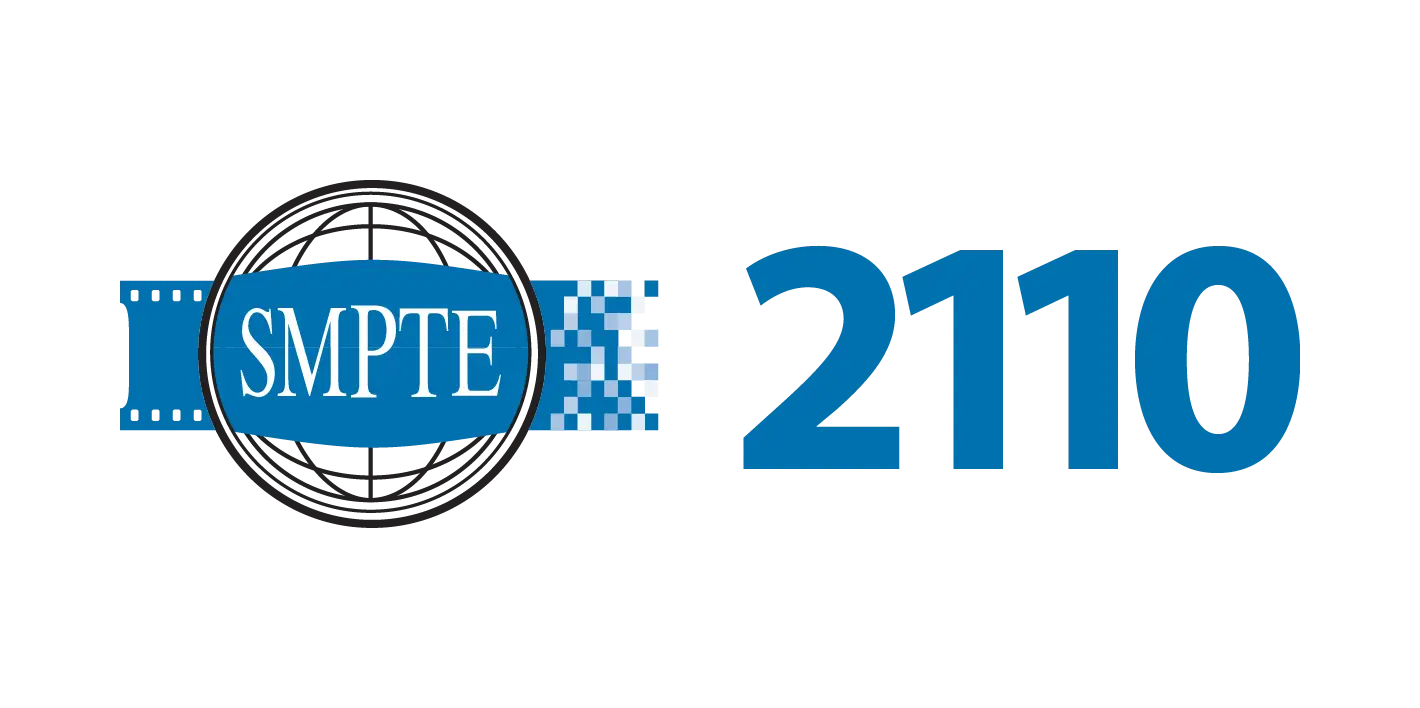What is SMPTE 2110 ?

Hello,
I know it’s been a very long time since I’ve written to you, due to work intensity and family engagements. I hope I can share useful information with you in the article series I’m starting today.
I’ll try to explain the SMPTE-2110 Standard, which is a more up-to-date version of the SDI Must Die and SMPTE-2022 article I thought about writing years ago, in a series of articles consisting of several parts. In this section, we’ll start with a general briefing without getting bogged down in too many technical details.
As you know, we work with SDI (Serial Digital Interface) infrastructure in the television broadcasting sector. The SDI adventure, which started in 1989 with SMPTE 259M SD-SDI (360Mbit/s), has now reached a bandwidth of 24Gbit/s with SMPTE ST2083, and at this point, it seems like it’s time for this technology, which has been used for over 30 years, to gradually give way to a newer, more up-to-date technology. The “SDI Must Die” discourse that emerged years ago showed that the fuse of this change had been lit. Recently, the SDI to IP process started with the SMPTE 2022-6 standard, which carries Video, Audio, Data, and TimeCode embedded, just like in SDI. In SMPTE-2110, however, Video, Audio, Data, and TimeCode are carried in a separate structure.
SMPTE-2110 has standards divided into parts within itself. We can see this structure in the drawing below:

Let’s briefly explain these parts we see in the drawing without going into details:
ST 2110-10: Carries system Architecture and Synchronization information ST 2110-20: Carries Uncompressed Video ST 2110-30: Carries Uncompressed PCM audio ST 2110-40: Carries Important metadata and ANC data (CC, Subtitle)
These parts of ST-2110 also have curves within themselves. I will try to explain these in detail with a more technical narrative in the next series of articles. I will be sharing comprehensive information about the Switch infrastructure, how Audio, Video, Data, and Timecode are carried, and which protocols are used, as I get the opportunity.
That’s all I’ll write about the introduction to SMPTE-2110. I hope you’ve been able to get an idea about this topic. Hope to see you in my next article.